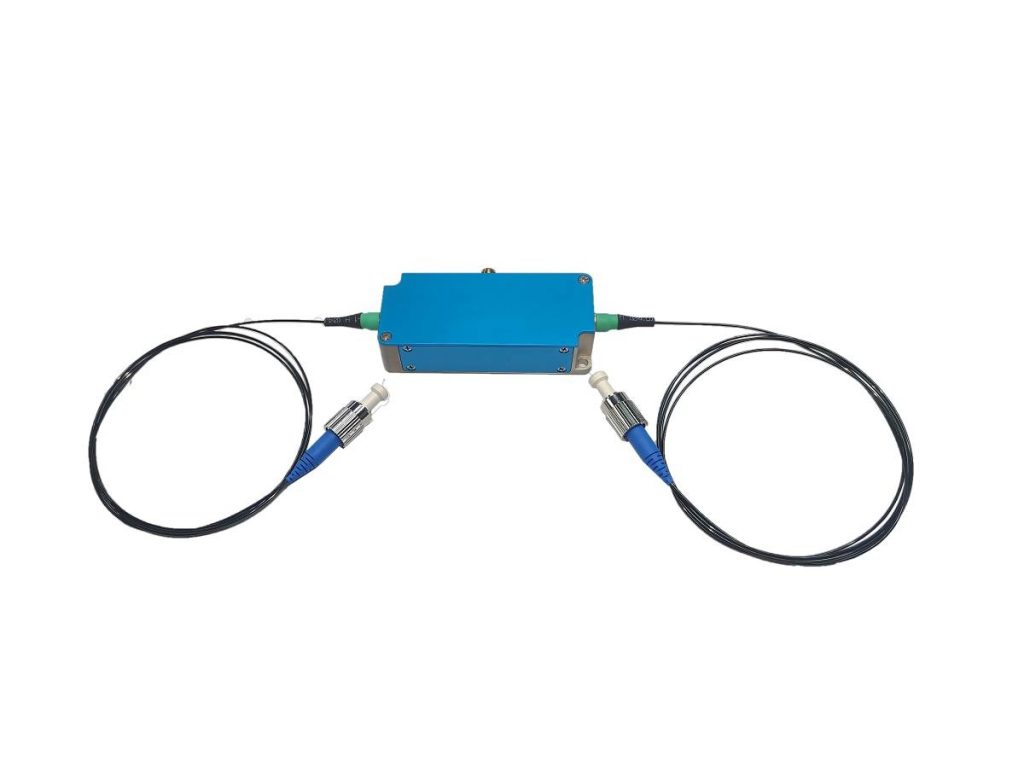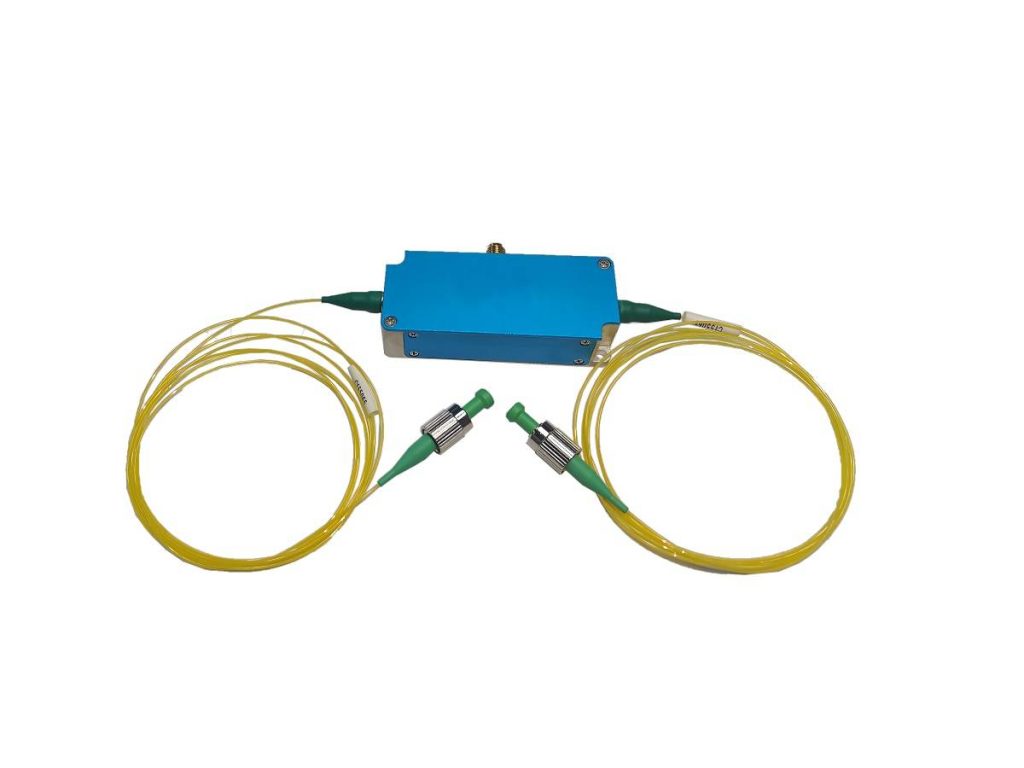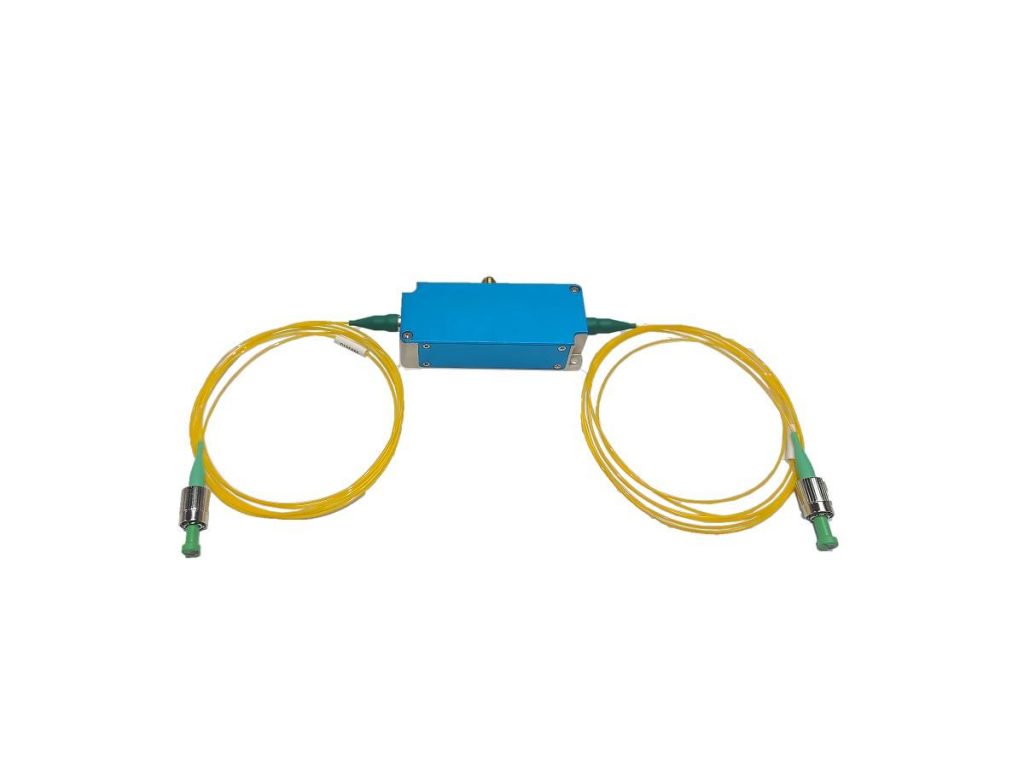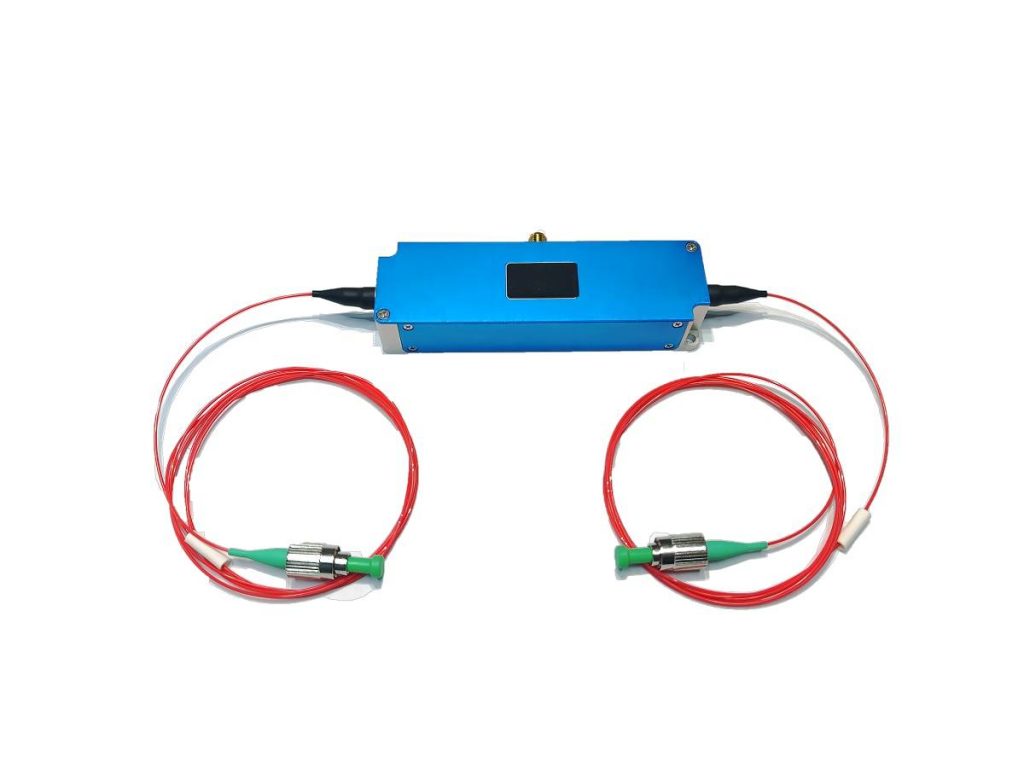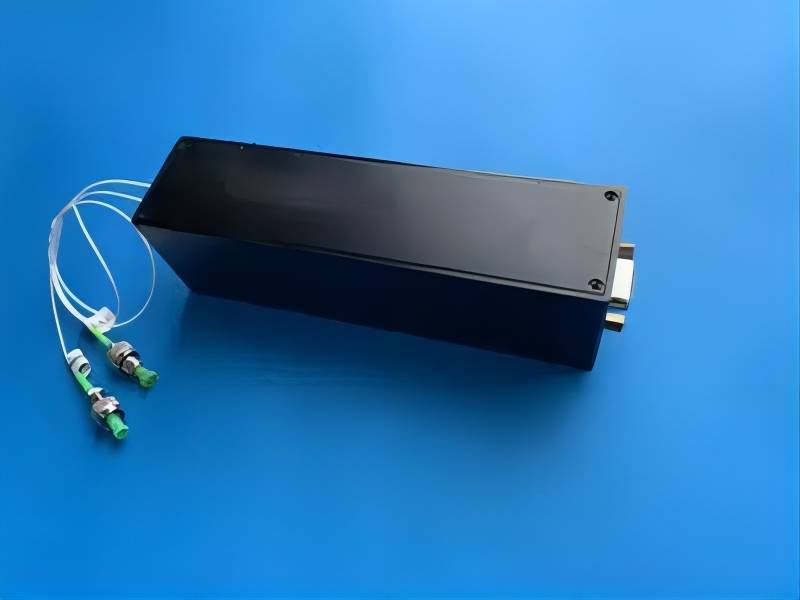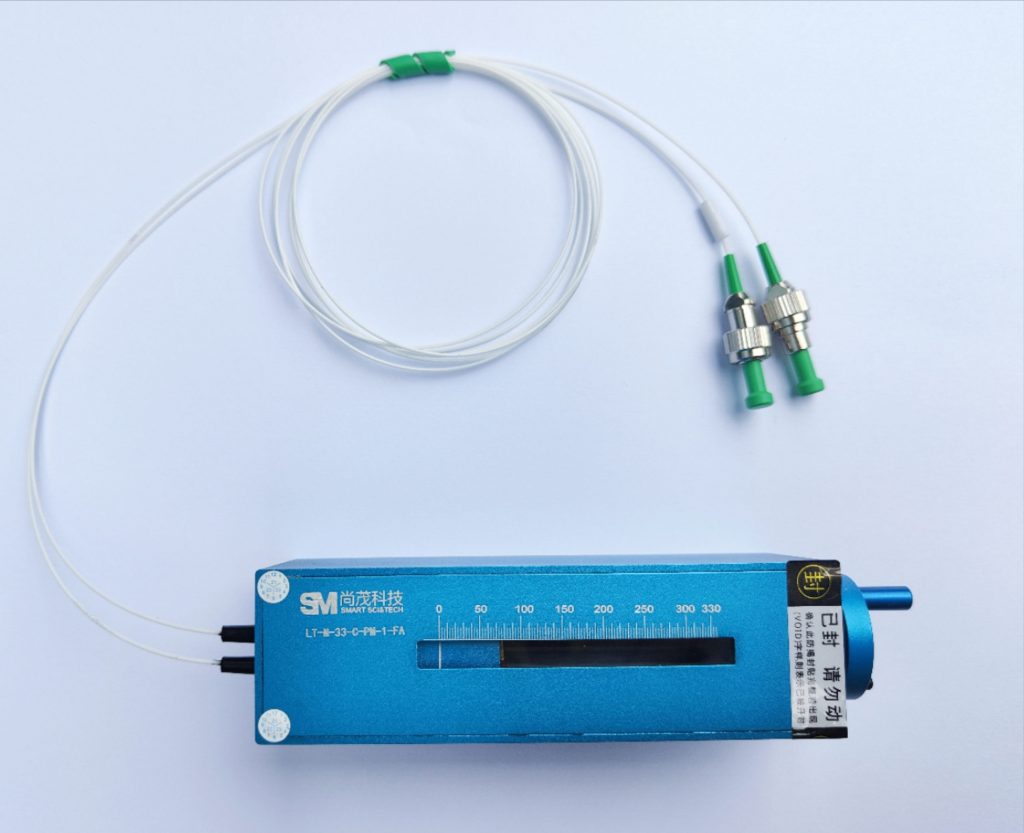Acousto-Optic Drivers: Selection and Application
Acousto optic drivers have emerged as indispensable components in a wide range of industrial and scientific applications. By harnessing the interaction between sound and light, acousto optic drivers offer precise and efficient control over laser beams. Smart Sci & Tech will introduce the critical aspects of acousto-optic modulator drivers, encompassing their selection, advantages, and diverse applications.
We will commence by exploring the essential factors to consider when choosing an acousto optic driver for a specific application. This includes evaluating parameters such as wavelength compatibility, RF power, damage threshold, and environmental adaptability. Subsequently, we will elucidate the compelling advantages of acousto optic drivers in industrial settings, highlighting their efficiency, speed, and reliability. Finally, we will showcase the multifaceted applications of acousto-optic modulator drivers in laser beam control, encompassing intensity modulation, deflection, frequency shifting, and more.
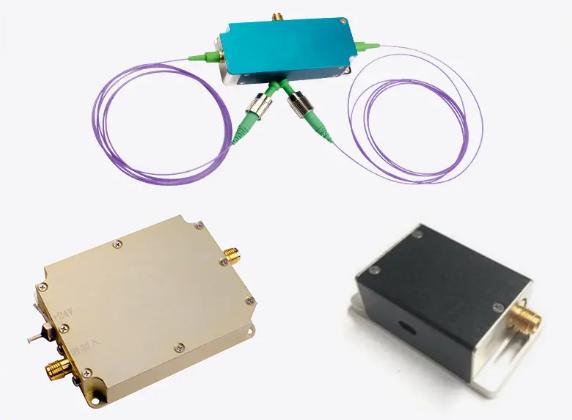
How to Determine if an Acousto-Optic Driver is Suitable for Your Application?
When selecting an acousto-optic driver, several key factors must be considered to ensure the driver is a suitable fit for your application:
- Wavelength Compatibility: Ensure the driver is compatible with the wavelength of your light source. Different drivers are designed for various wavelength ranges, so selecting the correct wavelength compatibility is crucial for optimal system performance.
- RF Power and Frequency: Verify that the driver’s RF power and operating frequency meet your application’s requirements. High power and an appropriate frequency range contribute to efficient optical modulation and deflection.
- Damage Threshold: Choose a driver with a high damage threshold, especially if your application involves high-power lasers. A high damage threshold enhances the system’s reliability and durability.
- Dynamic Characteristics: Consider the driver’s response time and modulation rate. Fast response drivers are suitable for high-speed modulation applications, while slower drivers may be more appropriate for stable optical flux control.
- Interface Type: Select the appropriate interface type (e.g., digital or analog) based on your control system. This ensures the driver can be easily integrated into your existing electronic control system.
- Environmental Adaptability: Consider the driver’s operating environment, including temperature range, humidity, and potential vibration or shock. Ensure the driver can function properly in your application’s environment.
- Size and Shape: Choose a driver size and shape that fits your system’s space constraints. Customized designs may be necessary to accommodate specific installation requirements.
- Manufacturer’s Technical Support: Select a manufacturer that provides good technical support and service to assist you during the design and integration phases and to address any potential issues during system operation.
By carefully considering these factors, you can narrow down your search and select the acousto-optic modulator drivers that best meet your specific application requirements. Before making a final decision, thoroughly review the product specifications and data sheets provided by the manufacturer to verify the driver’s performance metrics. If possible, conducting experimental testing is also a good practice to ensure the selected driver performs as expected in your actual application.
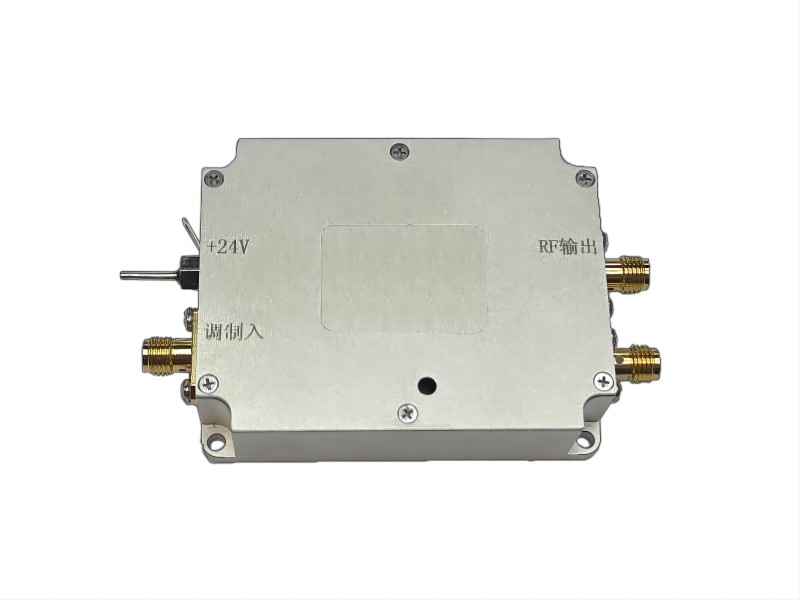
Advantages of Acousto-Optic Drivers in Industrial Applications
Acousto-optic drivers offer several significant advantages in industrial applications, making them indispensable components in a wide range of industrial processes and systems. Here are some of the particular advantages of acousto optic drivers:
- High-Speed Modulation Capability: Acousto-optic modulator drivers can modulate laser beams at extremely high speeds, which is crucial for industrial applications requiring rapid switching or scanning, such as laser marking, cutting, and welding. Acousto optic drivers can rapidly switch a laser beam on and off or deflect it across a surface, making them ideal for applications like laser marking or scanning.
- High Efficiency and Low Power Consumption: Compared to other modulation techniques, acousto optic drivers have higher modulation efficiency and lower driving power requirements, which helps reduce energy consumption and improve the overall energy efficiency of the system. Acousto optic drivers convert a larger portion of the electrical input into optical output compared to other methods, reducing energy waste.
- Good Temperature Stability: Acousto optic drivers can maintain stable performance over a wide temperature range, which is beneficial for industrial environments where temperature fluctuations may occur. Acousto-optic modulator drivers can operate reliably in a wide range of temperatures, ensuring consistent performance in varying industrial environments.
- High Resolution and Precise Control: Acousto optic drivers can provide high-resolution beam control, which is essential for precision machining and high-accuracy measurement applications. Acousto optic drivers can control the laser beam with great accuracy, allowing for precise machining or measurement tasks.
- High Extinction Ratio: The extinction ratio of acousto optic drivers is typically much higher than 1000:1, meaning it can provide a very low residual light flux when the beam is off, which is useful for applications requiring clear contrast. This means that when the beam is “off,” there is very little residual light, providing a clean and distinct on/off state.
- Easy Integration and Operation: Acousto optic drivers are typically designed with system integration in mind, making them easy to integrate into existing industrial production lines and control systems. Acousto optic drivers are designed to be easily incorporated into existing industrial systems, simplifying setup and operation.
- Durability and Reliability: AOD devices are typically designed to withstand harsh conditions in industrial environments, offering a long service life and minimal maintenance requirements. Acousto optic drivers are built to withstand the rigors of industrial environments, reducing downtime and maintenance costs.
- Versatility: Acousto-optic modulator drivers can be used not only to modulate the intensity of a laser beam but also to change the polarization, or frequency of the beam, providing a variety of integrated functions. Beyond simple on/off switching, Acousto optic drivers can manipulate other properties of the laser beam, expanding their applications.
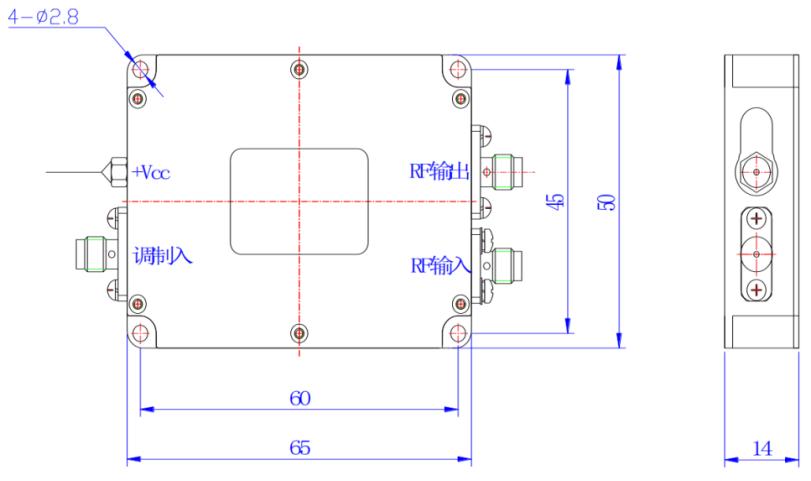
Applications of Acousto-Optic Drivers (AODs) in Laser Beam Control
Acousto-optic drivers, also known as acousto-optic modulators, are devices that utilize the acousto-optic effect to control laser beams. Their primary applications in laser beam control include:
- Laser Beam Intensity Modulation: By varying the frequency or amplitude of the driving acoustic wave, acousto-optic modulator drivers can modulate the intensity of the laser beam passing through the crystal, enabling rapid switching or variable-level modulation. Applications include laser power control, optical switching, and intensity modulation for communication.
- Laser Beam Deflection and Scanning: Acousto optic drivers can be used to deflect laser beams, enabling 2D scanning or dynamic beam positioning. The diffraction angle of the laser beam is directly proportional to the frequency of the acoustic wave. This is particularly important in applications such as laser printing, laser display, laser radar, and medical imaging.
- Laser Frequency Shifting: By changing the frequency of the acoustic wave, acousto-optic modulator drivers can shift the frequency of the laser beam, which is very useful in spectral analysis and laser communication. The interaction between the acoustic wave and the laser beam results in a Doppler shift, changing the frequency of the transmitted light. Applications include frequency-shifted feedback lasers and optical heterodyne detection.
- Laser Beam Steering: Acousto optic drivers can be used to alter the propagation direction of the laser beam, enabling precise beam pointing control. Applications include laser pointing and tracking systems.
- Pulse Pickers: In some laser systems, acousto optic drivers can be used as pulse pickers to reduce the repetition rate of a pulse train, allowing for amplification of pulse energy. By synchronizing the laser pulses with the acoustic wave, only a selected portion of the pulses can be transmitted.
- Noise Reduction: By controlling diffraction losses, acousto optic drivers can be used as noise reducers to decrease the induced intensity noise in the transmitted power. It can be used to suppress unwanted noise components in the laser beam.
- External Modulators: In some laser communication systems, acousto optic drivers can serve as external modulators to modulate the transmitted optical signal. Acousto optic drivers can be used to impose information onto a continuous-wave laser beam.
- Q-switching of Lasers: Acousto optic drivers can be used for Q-switching solid-state lasers, controlling the generation of laser pulses. By rapidly changing the Q-factor of the laser cavity, Lasers can produce short, high-energy pulses.
- Cavity Dumping: In solid-state lasers generating nanosecond or ultrashort pulses, acousto optic drivers can be used to dump the laser cavity, enabling the generation of pulses.
- Active Mode-locking: acousto-optic modulator drivers can be used to perform active mode-locking to modulate losses at the cavity round-trip frequency or its multiples. By modulating the losses in the laser cavity at a specific frequency, Acousto optic drivers can force the laser to produce a train of ultrashort pulses.
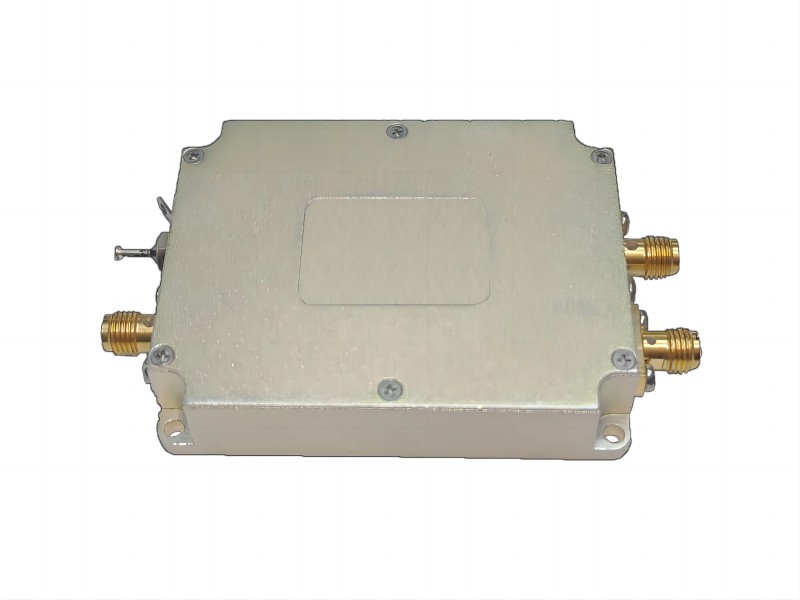
Conclusion
Acousto-optic drivers have proven to be versatile and powerful tools in modern technology. By carefully considering factors such as wavelength compatibility, power requirements, and environmental conditions, engineers and researchers can select the optimal acousto optic driver for their specific applications. The inherent advantages of acousto optic drivers, including high efficiency, speed, and precision, make them invaluable in industrial processes and laser-based systems.
By understanding the fundamentals of acousto optic drivers and their diverse applications, engineers and scientists can unlock new possibilities and optimize their systems for enhanced performance and efficiency. Smart Sci & Tech as a professional supplier of optical products, will give you satisfied services. You can contact us for more information, or get an RF driver or broadband RF amplifier two types of acousto-optic modulator drivers from us.

